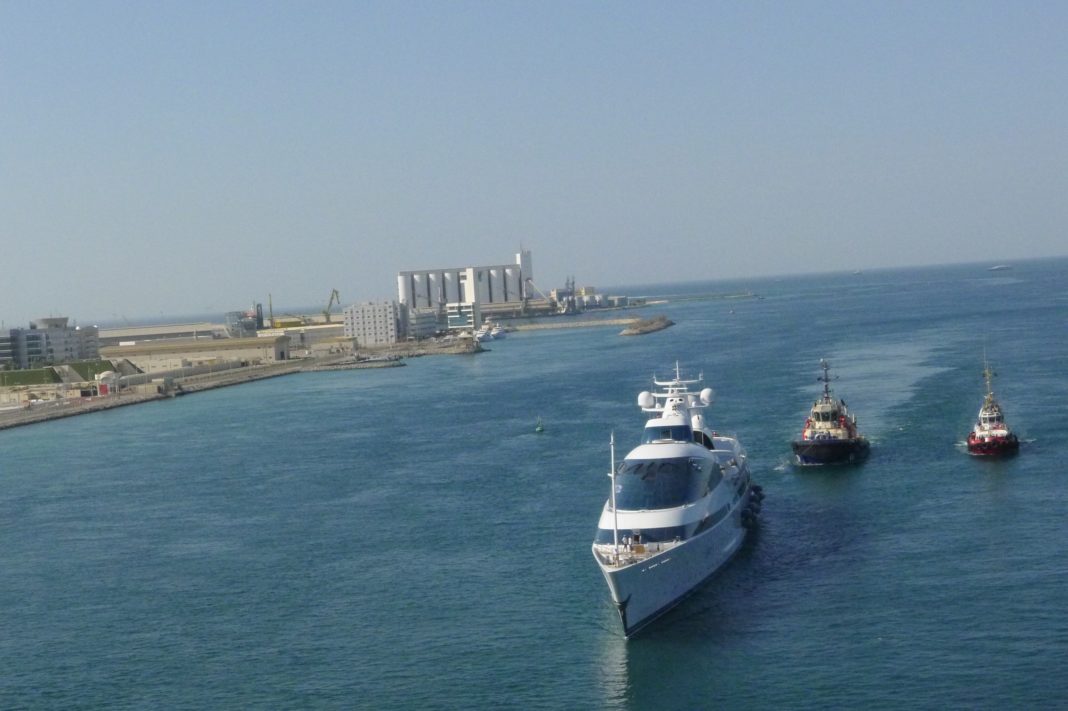ABU DHABI—Put on your fancy dress for your visit. Locals mostly wear robes that are cultural and/or religious. You can never tell what’s underneath. Better to be over-dressed than under-dressed.
This country was a big surprise. I found it very difficult to interpret. Most Americans’ exposure to the Middle East is filtered through the media. Newsreels show the devastation of cities at war and OPEC leaders coming out of meetings after price-fixing oil.
I’m not sure what I expected of Abu Dhabi attractions. I knew that I had not planned a trip to a war zone. Maybe a city partially stuck in its Bedouin, nomadic desert history. My only other experience in a Muslim country was in Istanbul and Morocco years ago.
Oil was only discovered here in the 1970s. Before that, this mostly nomadic society’s population stood at about 70,000. Now it is 2.6M – of which only 477,000 are Emirati nationals (citizens). The oil wealth of the Emirates set in motion the development of cities boasting very creative transitional architecture and good, efficient, civic planning. The city is laid out in a tidy grid. Any evidence of humble homes of the years-gone-by have been swept away, or commemorated as museums. The city has embraced vertical living. Everywhere you look are glass and metal high-rises. The buildings reach graceful to the sky, in unexpected designs that often seem to defy gravity. Probably as surprising as a Neutra building was years ago In Los Angeles. The elegant restraint in Abu Dhabi’s architecture makes the Gehry Guggenheim project in Los Angeles seem a crass attempt to scream ”look at me.”
To the outsider Abu Dhabi seems like a “do your own thing, and respect mine” kinda place. It appears to be a studied blending of a traditional religion-based society (still), with the quick-step of a modern country. Abu Dhabi has a history which it honors. The men, that is, the Emirati men, wear a white throbe, (a light-weight ankle length white cotton shirt). The traditional dress conveys “special status” – to wit – a “national”. Emirati women don’t seem to be on the streets. A muezzin calls the faithful to prayer 5 times a day over loud speakers. Mosques are all over the city.
There are schisms in this country. I never heard an Emirati say “thank you” to the ubiquitous staff. Their demeanor was one of entitlement. I felt there was certainly an underclass of servitude. I was a little annoyed by being constantly “herded” with a Vanna White (male employee) majestic sweep of the arms, and a “Madame – please go this way” which I didn’t expect. It felt very “British”. The American in me didn’t take to it.
When we first arrived, driving into the city from the airport, we saw a huge boat. It looked like a private yacht with military style “stealth” lines. At first I thought a military boat? Then I saw a couple standing on the aft deck in civilian clothes, not throbs or abayas. We later saw it birthed in a marina behind a fancy hotel. It was the Emir’s private super yacht, costing $300,000,000 which included military grade protection and armaments hidden behind it’s sleek exterior.
Traveling near and far always gives you the chance to check your assumptions. This trip has really challenged mine. It’s a must “do” place to visit.






